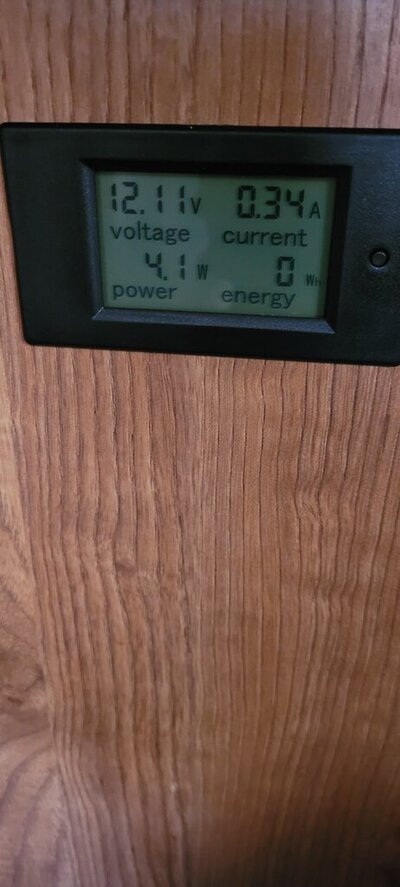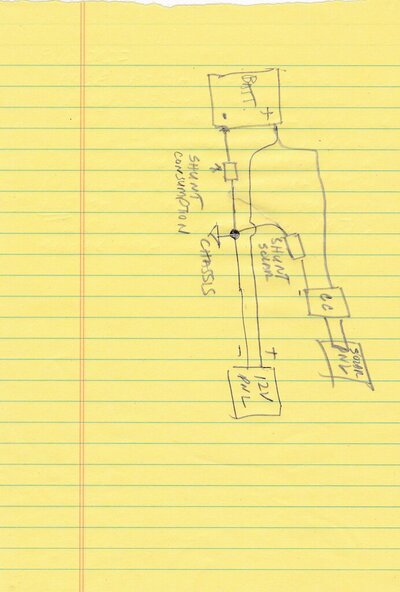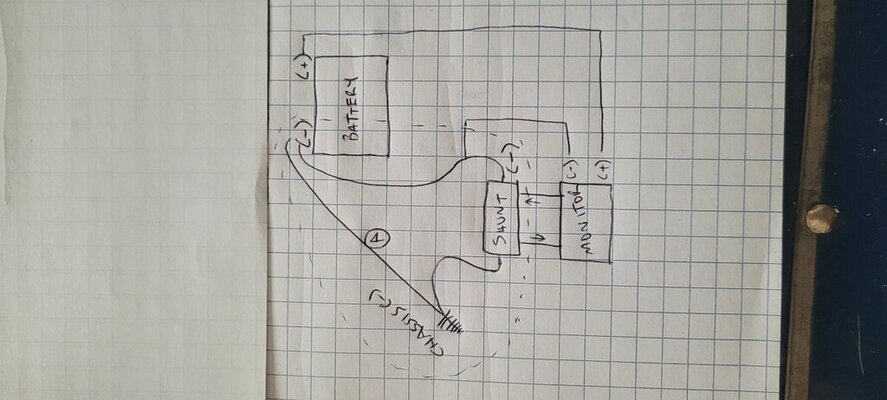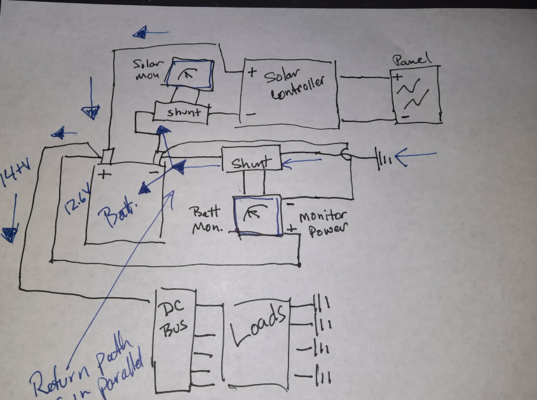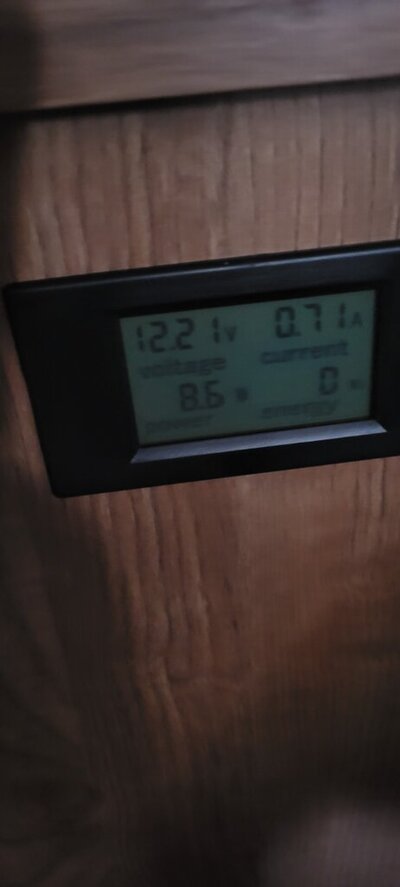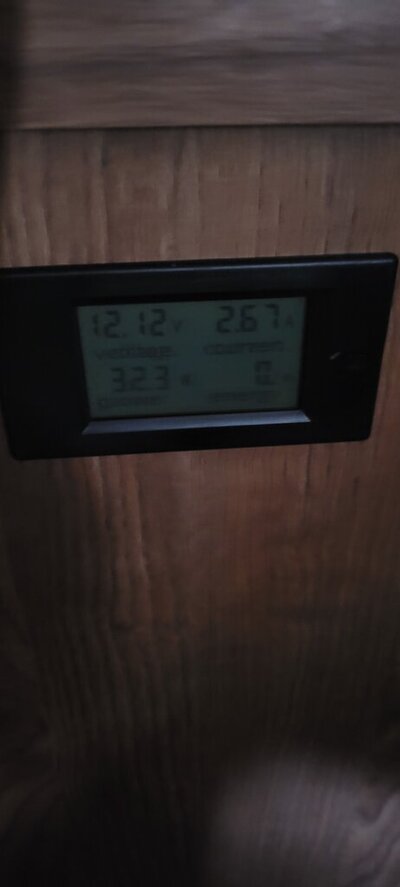IAmABug
Member
No voltmeter.Just for sanity check do this. Charge the Battery to full. Turn off or disconnect the solar input. Turn on the fridge on propane, what current is it drawing? should be around .7 Amps. Next turn on the propane furnace, what current do you see? should be 4 to 7 Amps depending on model. If that is what you are seeing, then it's connected OK. Another sanity check is to use a voltmeter set to measure Amps, they are usually good for 10 to 20 amps unfused - check your meter. Just put it in series between the battery post and cable, it'll do the same as the shunt and give you a current reading.
Once you get your usage figured out, reconnect the solar and see it it affects the way the usage shunt reads.
Fridge on propane
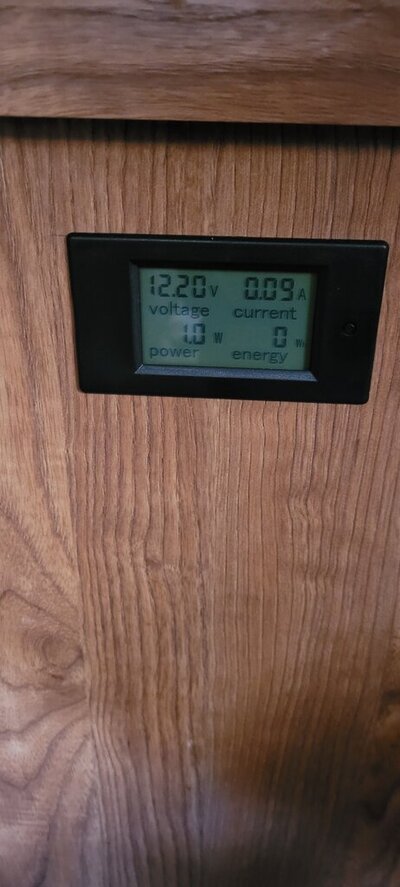
Furnace
